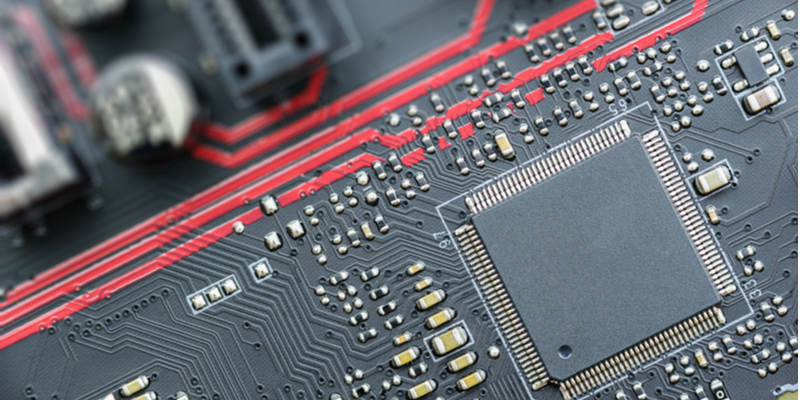Permabanned
- Joined
- 29 Jul 2008
- Posts
- 198
- Location
- Brisbane Australia
I expect a slight improvement. perf. per watt yada yada.
tsmc 2nm (N2 blandly obvious naming) and Intel's supposedly adequately yielding 18A are both slated for 2025 production...tba releases. in the never ending battle for nerd supremacy in micro-computing devices. lunar lake seems good if youre into laptoppy things.
if they truly think theyll be shrinking at these rates year on year. mm yeh. im highly skeptical. zen 6 2nm could be 2025 or later . who knows. samsung have a 2nm process as well ive read.
angstroms. i have no idea what is possible but it seems there is room for shrinkage XD. barely 1 year between processes. seems as ridiculous as the market has become to me.
tsmc 2nm (N2 blandly obvious naming) and Intel's supposedly adequately yielding 18A are both slated for 2025 production...tba releases. in the never ending battle for nerd supremacy in micro-computing devices. lunar lake seems good if youre into laptoppy things.
if they truly think theyll be shrinking at these rates year on year. mm yeh. im highly skeptical. zen 6 2nm could be 2025 or later . who knows. samsung have a 2nm process as well ive read.
angstroms. i have no idea what is possible but it seems there is room for shrinkage XD. barely 1 year between processes. seems as ridiculous as the market has become to me.
Last edited:







